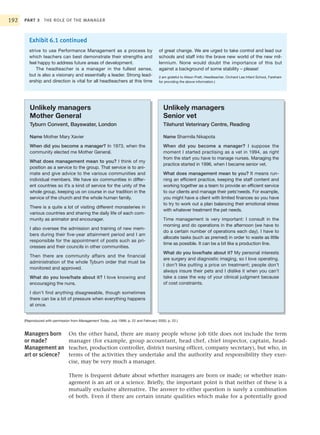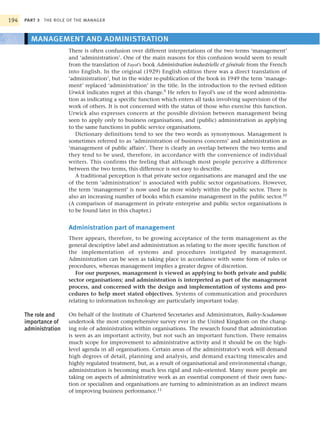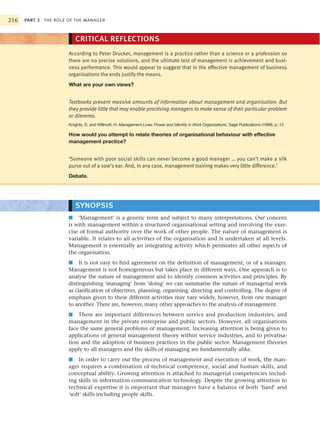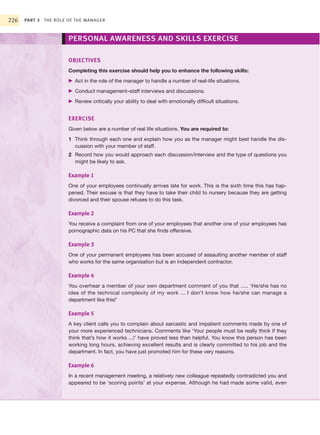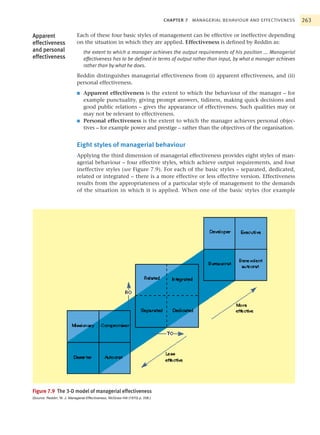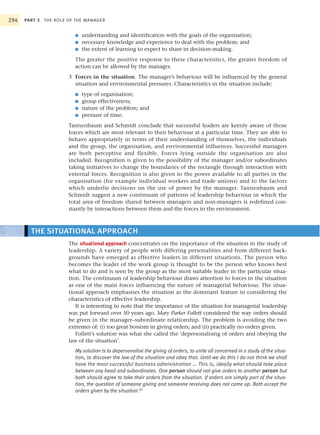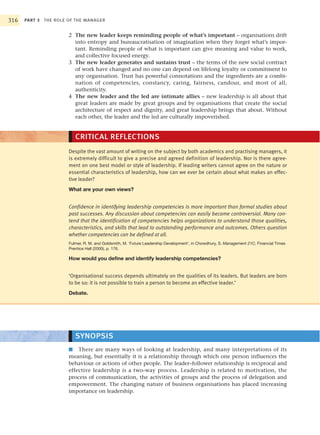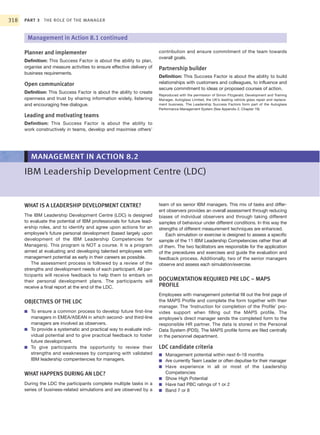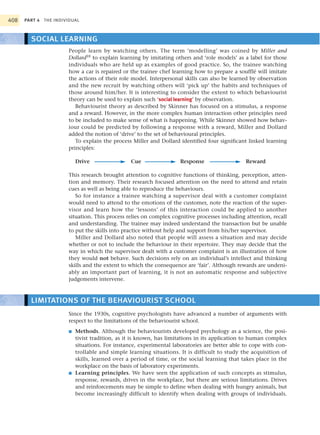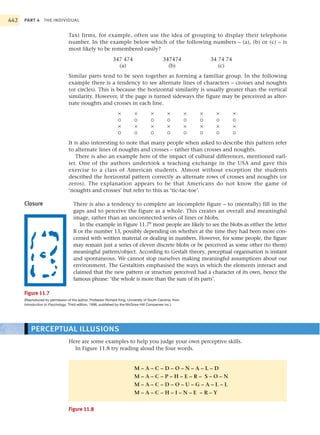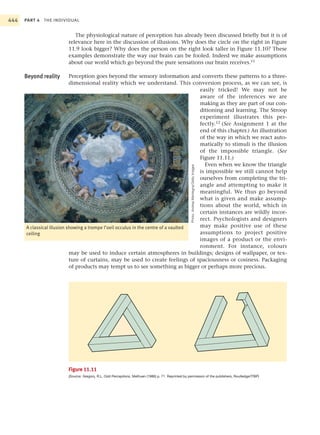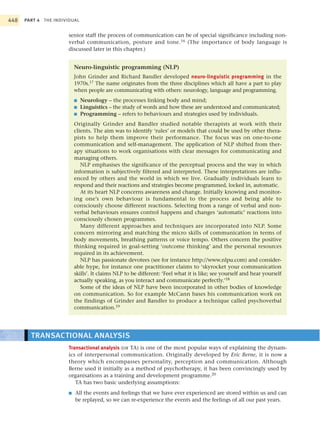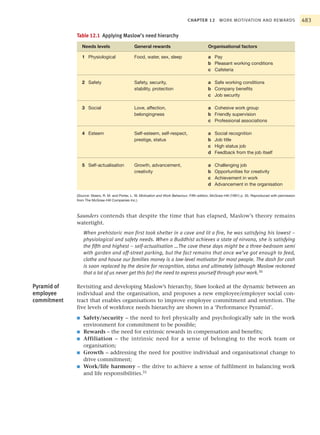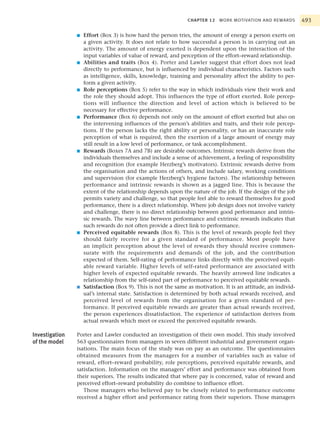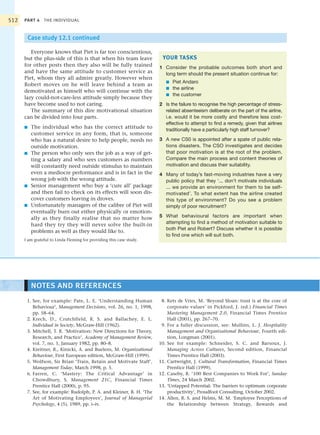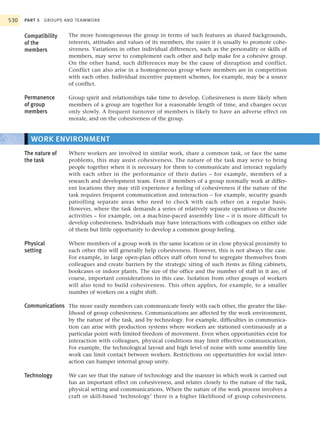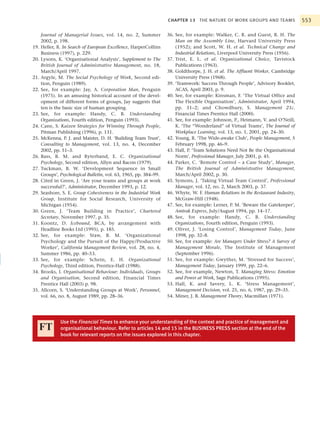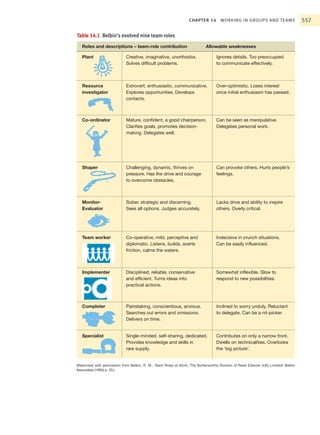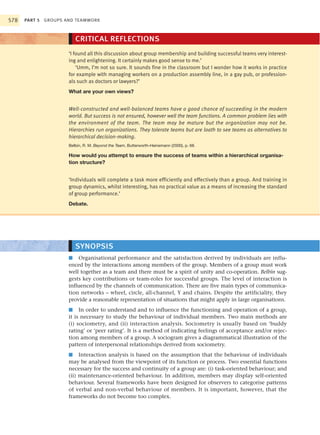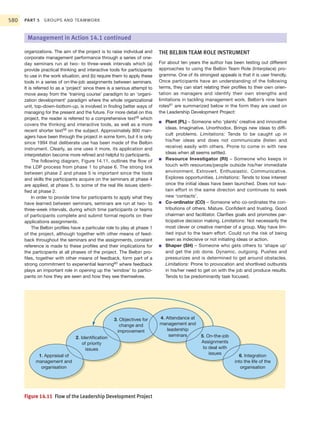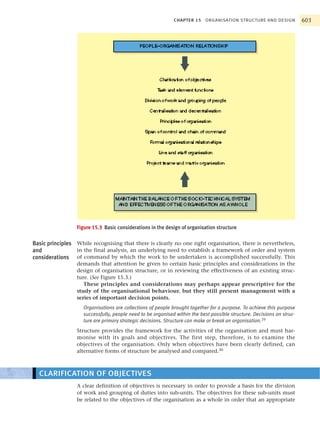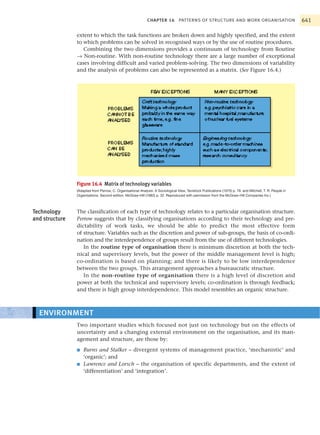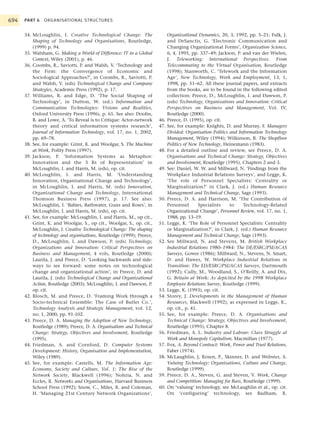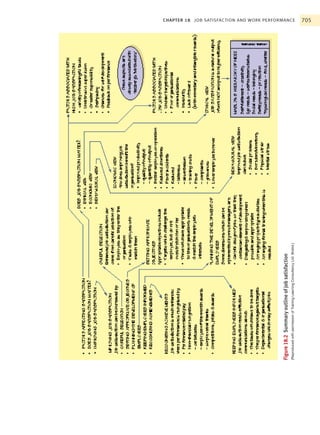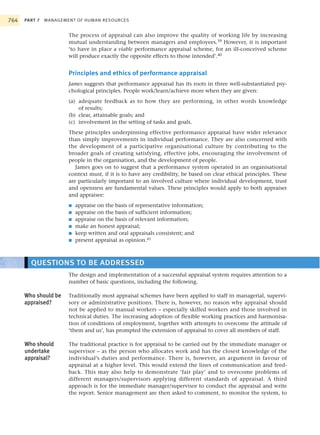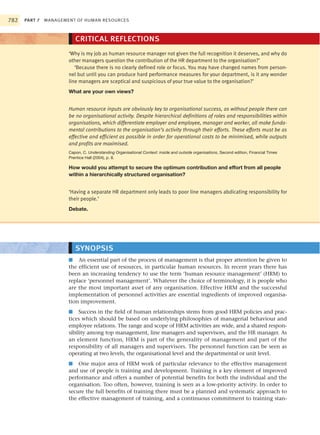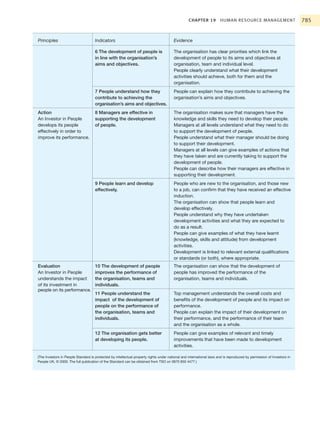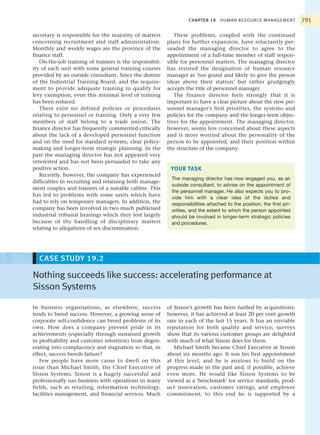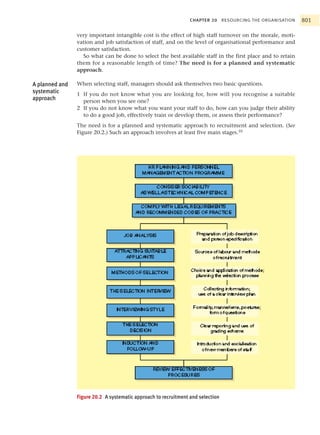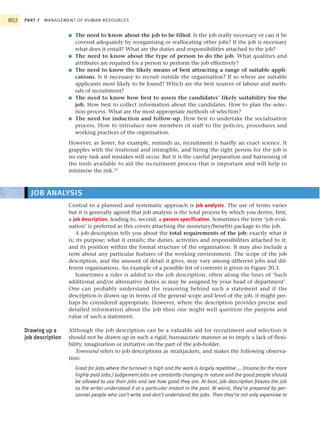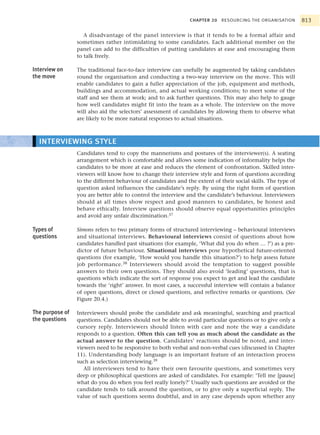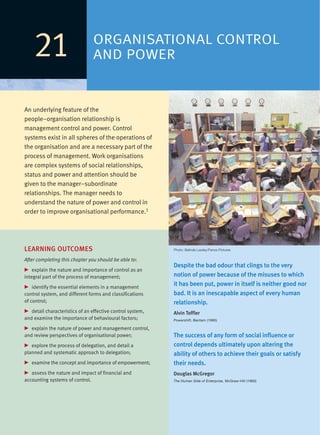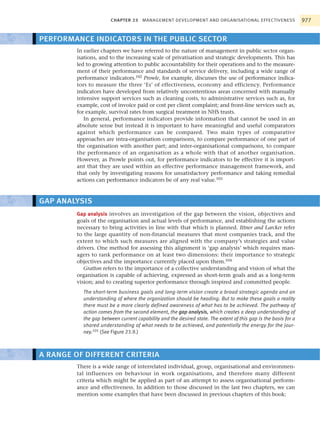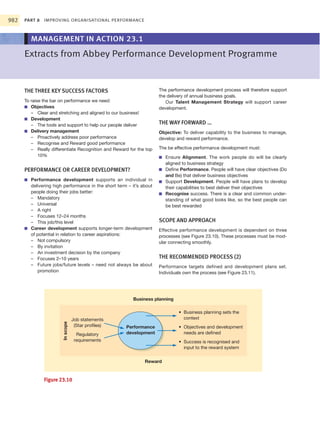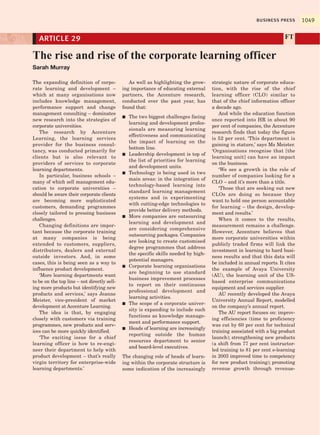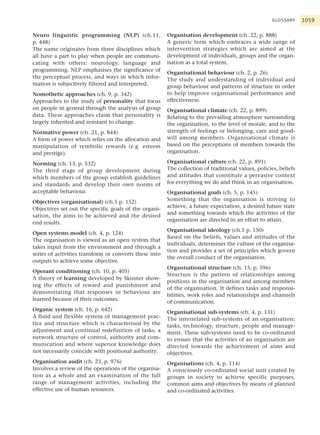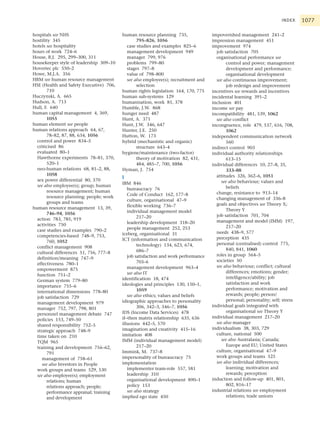This document provides an overview and summary of the 7th edition of the textbook "Management and Organisational Behaviour" by Laurie J. Mullins. The summary includes:
1. The book guides students to understand organisational behaviour and relates this to effective management practice. It acts as a comprehensive reference.
2. The book covers topics such as management theory, approaches to organisations, individual and group behaviour, organisational structure, human resource management, and improving organizational performance.
3. New to this edition is expanded coverage of areas like leadership, change management, knowledge management and the impact of technology and globalization.















































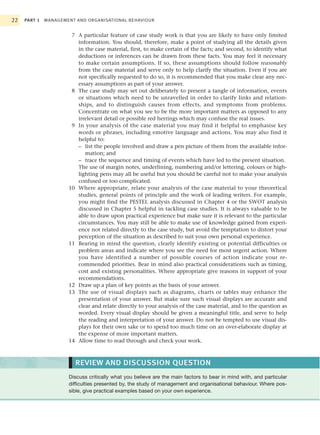













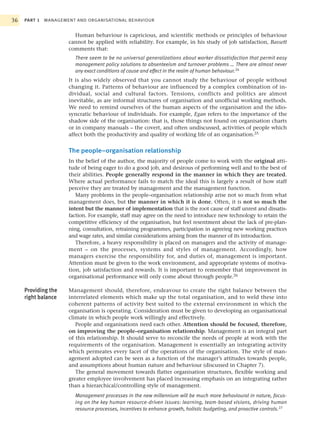
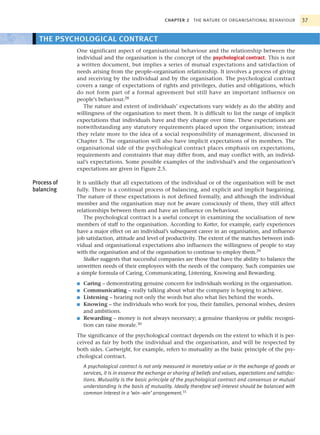






































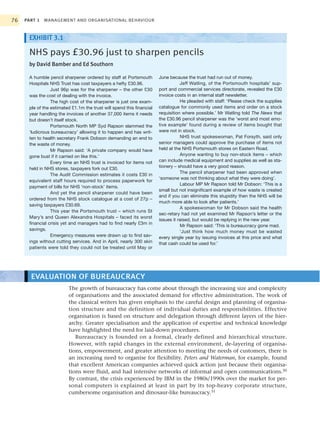




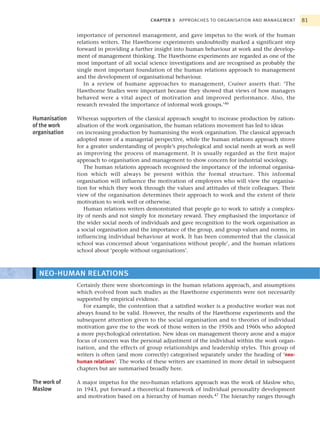






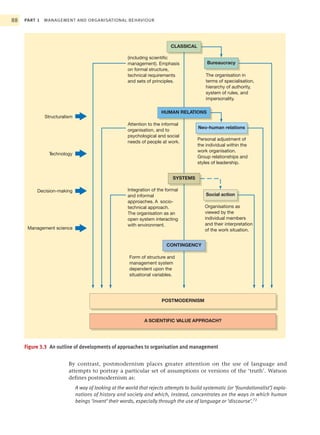

























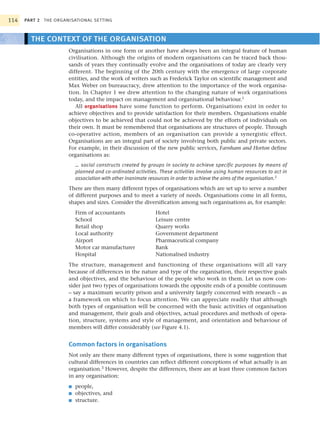


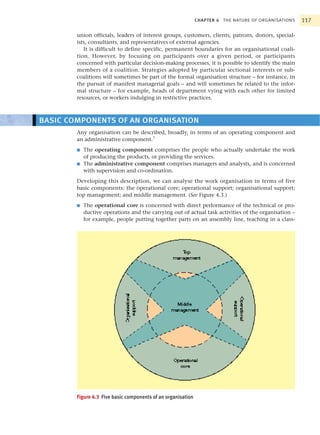
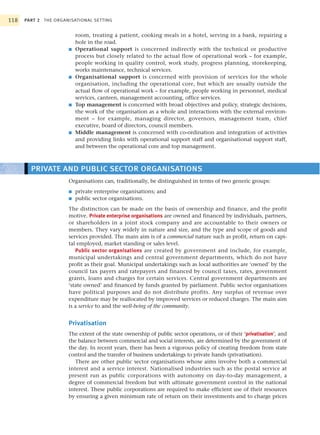











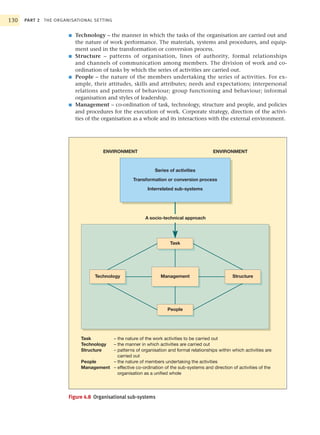







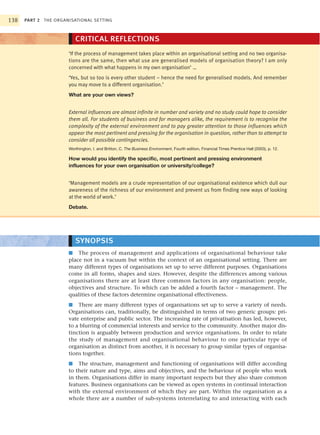






















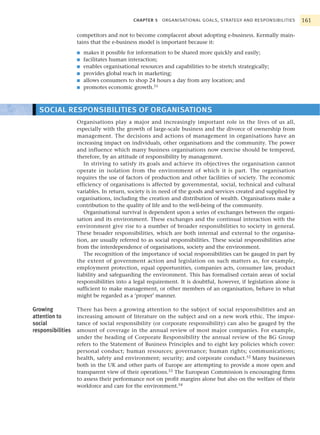















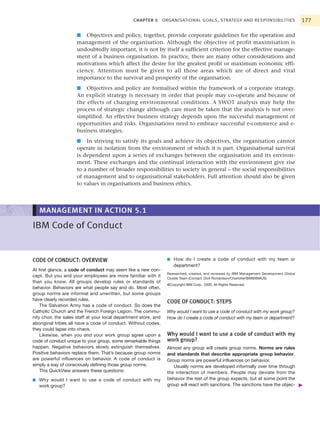












![190 PART 3 THE ROLE OF THE MANAGER
THE MEANING OF MANAGEMENT
Management is a generic term and subject to many interpretations. A number of different
ideas are attributed to the meaning of management and to the work of a manager.1 Schneider
and Barsoux also contend that trying to define the meaning of management shows up differ-
ences in beliefs and values.2 Cultural influences are a significant feature of management.
In certain respects everyone could be regarded as a manager to some extent. We all
manage our own time and everyone has some choice whether or not to do something, and
some control, however slight, over the planning and organisation of their work. However,
we are concerned with management as involving people looking beyond themselves and
exercising formal authority over the activities and performance of other people.
At its most basic, management may be viewed as ‘making things happen’.
Management is active, not theoretical. It is about changing behaviour and making things
happen. It is about developing people, working with them, reaching objectives and achieving
results. Indeed, all the research into how managers spend their time reveals that they are crea-
tures of the moment, perpetually immersed in the nitty-gritty of making things happen.3
An added dimension to the study and understanding of management is provided by
Knights and Willmott. They refer to managing as an everyday activity that involves
interactions between people that are not unrelated or entirely dissimilar to other
spheres of life, except perhaps in the rhetoric and hype that surround management.
Knights and Willmott contend that most established textbooks about management
and organisation provide little that enables practising managers to make sense of their
particular problem or dilemma, and in order to appreciate the living of management
draw on a number of contemporary novels.
Since most management textbooks do not make the connection between managing and everyday
life, and indeed envelop the activity of management within an academic and professional mys-
tique, we have drawn to alternative sources (e.g. novels) that might enable students to relate
accounts of management to their own experience ... [This book] is concerned to illuminate the
lives of people who, in different ways, are involved or affected by management.4
While there is undoubted value in this approach, every textbook must have a clear focus
and is obviously limited in potential content. For our purposes, therefore, we can regard
management as:
■ taking place within a structured organisational setting and with prescribed roles;
■ directed towards the attainment of aims and objectives;
■ achieved through the efforts of other people; and
■ using systems and procedures.
The emergence Peter Drucker, who is widely regarded as the guru of management gurus, has written
of management about the significance in social history of the emergence of management:
The emergence of management as an essential, a distinct and a leading institution is a pivotal
event in social history. Rarely, if ever, has a new basic institution, a new leading group, emerged
as fast as has management since the turn of this [twentieth] century. Rarely in human history has
a new institution proven indispensable so quickly; and even less often has a new institution
arrived with so little opposition, so little disturbance, so little controversy.5
Drucker sees management as denoting a function as well as the people who discharge
it, a social position and authority, and also a discipline and field of study.
Management is tasks. Management is a discipline. But management is also people. Every achieve-
ment of management is the achievement of a manager. Every failure is a failure of a manager.6](https://image.slidesharecdn.com/organisationalbehavior1-130113163042-phpapp01/85/Organisational-behavior1-216-320.jpg)

